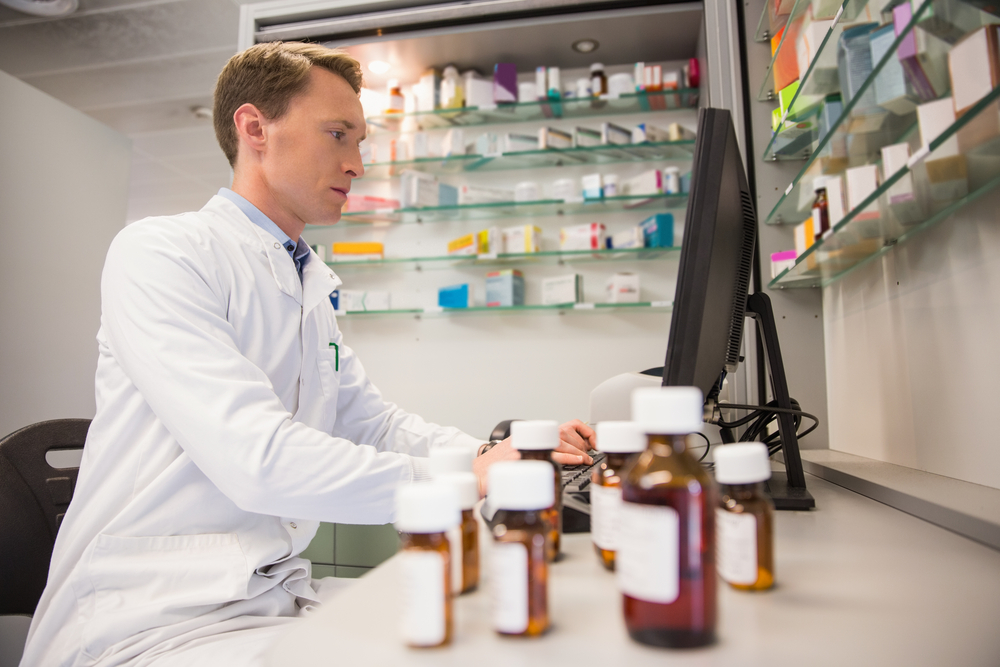Yardi Enhances EHR
Update on Upgrades
Yardi has been building Yardi EHR, a full service electronic health record solution for senior living, for the better part of a decade. Client feedback and ongoing development give rise to regular product enhancements. Here’s a sampling of recent upgrades. Clinical move-in Users can now execute a clinical move-in process that includes adding global contacts, […]



